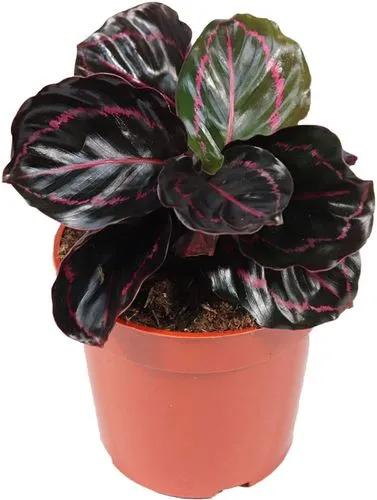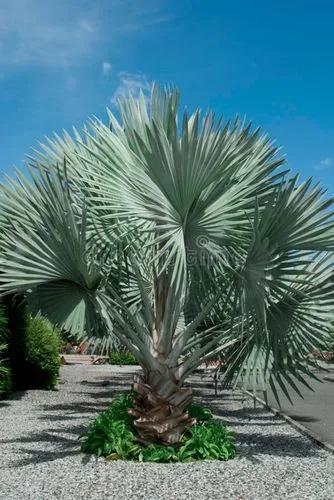The Curly Spider Plant is a curly variety of the traditional Spider plant. The spider plant is native to tropical and Southern Africa. The spider plant flowers a small white flower which turn into plantlets (baby spider plants) that grow on the tips of the stem
Curly Spider Care
Chlorophytum Comosum Bonnie
Other names: Bonnie Spider Plant, Curly Spider Plant



How to Care for the Plant

Water

Prefers moist but well-drained soil. Check the soil moisture with your finger. If the top 2-4” (5-10cm) of soil is dry, or plants are wilted, it is time to water.

Pruning

Any foliage being pruned should be cut at the base of the plant. Always use sharp pruners or scissors when pruning spider plants. Remove all discolored, diseased, or dead foliage as needed. To remove the spiderettes, cut the long stems back to the base from both the mother plant and the baby. For overgrown or pot bound plants, repotting in addition to pruning may be necessary. After pruning, repot the spider plant, giving it a good root pruning as well prior to returning it to the pot of fresh soil. Generally, it’s a good idea to include root pruning at least once every year or two.

Fertilizer

Spider Plants store extra nutrients in their tubers, so heavy fertilization is unnecessary. In caring for spider plants provide a weak liquid fertilizer once a month throughout the growing season. Don't fertilize at all in the wintertime.

Sunlight

Chlorophytum comosum Bonnie - Curly Spider Plant Bonnie Care & Info Guide. Light: Bright, indirect light. Will tolerate some shade; however, this will slow its growth rate and it may lose its stripes. Avoid direct sunlight.

Soil

The hardy curly spider plant does best in a light, well-draining soil. Repot annually in the springtime. The thick, fibrous roots can actually burst their containers if left unattended. Provide plantlets with their own pots of fresh potting soil as needed.

Temperature

The best temperature for Spider Plants is between 55° – 70° degrees Fahrenheit. Don't allow the temperature to drop below 45° degrees Fahrenheit.

Additional

While considered non toxic, these compounds can still result in an upset stomach, vomiting, and diarrhea. Most container plants can be pruned freely to maintain the desired size and shape.

Popularity

1,314 people already have this plant 200 people have added this plant to their wishlists
Discover more plants with the list below
Popular articles






